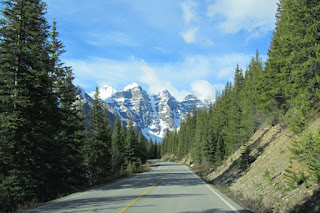There is a new VLF grabber at Darmstadt Germany that may be useful for 8.97kHz tests. It is at http://skmail.ikp.physik.tu-darmstadt.de/gvw/grabber.html. The grabber is primarliy there for VLF research into earthquake precursors.
Stefan DK7FC reports that the permit he has to use a 300m kite antenna expires soon, so he may try a further soon before that date. Chris G3XIZ is still hoping to resume VLF tests once a new loading coil is wound. He is looking for a suitable (very long!) source of PVC covered wire.
Stefan DK7FC reports that the permit he has to use a 300m kite antenna expires soon, so he may try a further soon before that date. Chris G3XIZ is still hoping to resume VLF tests once a new loading coil is wound. He is looking for a suitable (very long!) source of PVC covered wire.









